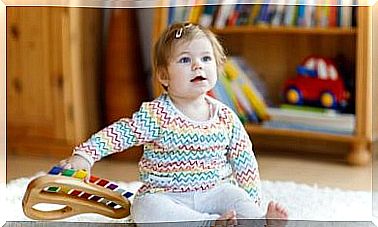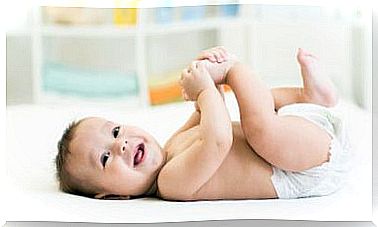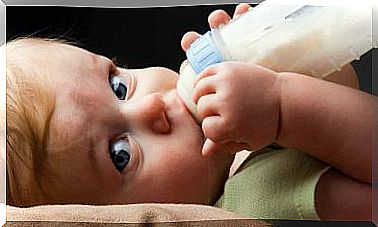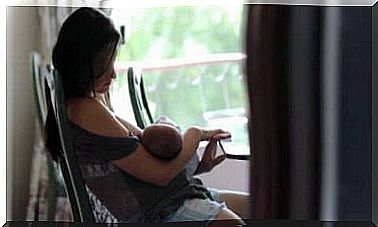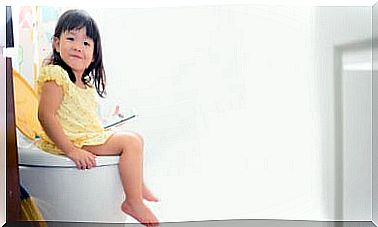The Importance Of Child Attachment
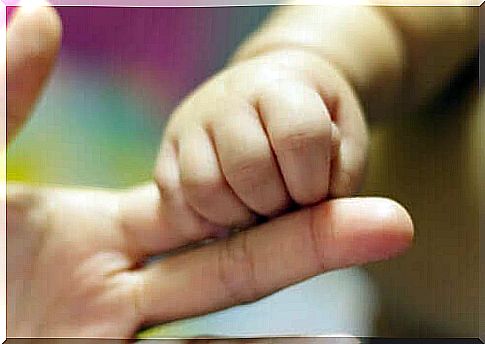
Child attachment plays a fundamental role in upbringing and, therefore, it is very important, among other factors, to know what attachment is and its influence on mental and emotional health.
What is child attachment?
Child attachment, as well as its importance, can be defined in many ways, and it is possible that we can all recognize when we are faced with the experience of attachment. Attachment is felt, perceived and even glimpsed.
Still, it is essential to be objective and define it as the relationship we establish with the people with whom we build an emotional bond and, especially, with the first organizers of these bonds: mom, dad and close family.
The Importance of Child Attachment: Why Do We Have to Talk About It?
In addition to talking about attachment and its importance for good development, it is essential to practice it, as attachment is good for building and consolidating a relationship. However, the benefits do not stop there, as they are also observed throughout life.

Whether or not to build a good attachment, that’s the question?
There are indications that allow us to infer when we are faced with a satisfying attachment that, as such, is important for good development.
Are there, then, different types of attachment?
Effectively, there are different types of attachment and, thus, the Argentine Society of Pediatrics characterizes attachment for good development as “the strong affective bond we feel for special people in our life, which when we interact with them makes us feel pleasure, joy and relief in stressful situations”.
Additionally, members of the same Scientific Society highlight, with regard to the doubt about how to support feelings of trust, the importance of “responding quickly to the child’s signals, expressing positive emotions and treating the child with tenderness and care” , the that helps build a sense of trust in which her parents will protect and care for her whenever she needs it.
Additional data on the importance of child attachment
Likewise, the Chilean Society of Pediatrics, SOCHIPE, emphasizes that attachments are either secure or insecure. According to this same source, “secure type attachments are related to healthy, happier children who become healthy adults, while anxious and disorganized type attachments are more related to developmental disorders, maltreatment and neglect in relation to children”.
Relationship between attachment and breastfeeding
The relationship between attachment and breastfeeding has been sufficiently studied. Although there is a lot of talk about the benefits that breastfeeding offers, if, for different reasons, a bottle with non-breast milk is used, attachment can also occur as long as there is a harmonic, empathetic and affectionate interaction, through of visual, physical and emotional contact with the baby.
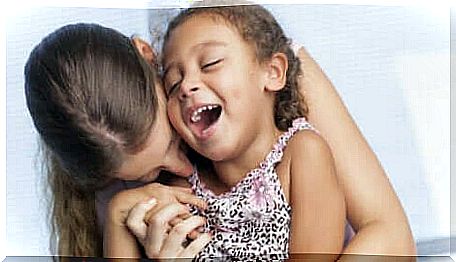
in short
- Attachment is essential for the baby.
- Psychoanalyst John Bowlby states that “there are different types of attachment based on the trust and affection established between the child and its parents.” Thus, according to the aforementioned professional, one can speak of four types of attachment: avoidant, secure, ambivalent or resistant, and disorganized or disoriented.
Anyway
It is interesting to promote secure attachment through national and local public policies, which, in a way, ensures that the child feels cared for and cared for. Thus, as she grows up, she is able to develop a good concept of herself and others. Furthermore, by maintaining this affective relationship, future physical and mental health problems can be prevented.
Finally, insecure attachment can occur in a child who felt rejected by their parents and, in particular, when, for different reasons, the parents did not know or were unable to be emotionally available to meet their children’s needs.
